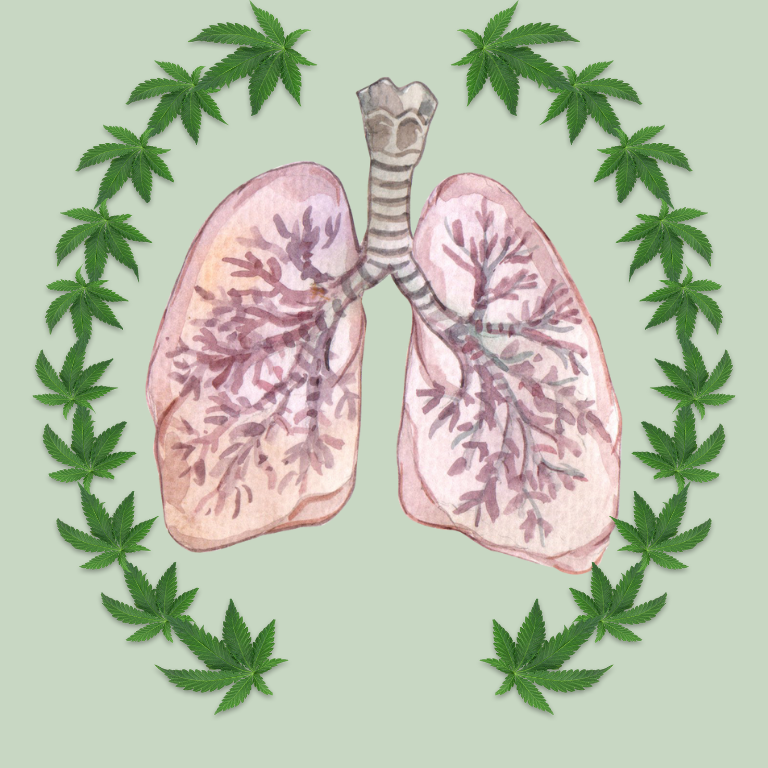Occupational Cannabis Exposure and Allergy Risk Assessment

Occupational Cannabis Exposure and Allergy Risk Assessment
As the cannabis industry expands, increasing numbers of workers are being exposed to cannabis plants and products in various occupational settings. While cannabis is widely used for its medicinal and recreational benefits, occupational exposure can pose health risks, including allergies and respiratory issues. This article explores the potential risks associated with occupational cannabis exposure, the symptoms of cannabis-related allergies, and the measures that can be taken to mitigate these risks in the workplace.
Understanding Occupational Exposure to Cannabis
Occupational exposure to cannabis can occur in several settings, including cultivation facilities, processing and manufacturing plants, dispensaries, and laboratories. Workers in these environments may come into contact with cannabis in various forms, such as raw plant material, cannabis extracts, and products like edibles and concentrates.
Exposure Routes:
Inhalation: Workers may inhale cannabis dust, pollen, or volatile compounds, particularly in cultivation and processing environments.
Dermal Contact: Handling cannabis plants or products can lead to skin exposure, potentially resulting in allergic reactions or dermatitis.
Ingestion: While less common, accidental ingestion of cannabis products can occur, particularly in processing or manufacturing settings where edibles are produced.
Cannabis-Related Allergies and Symptoms
Like many plants, cannabis can be a source of allergens that may trigger allergic reactions in susceptible individuals. These allergens can come from the plant’s pollen, resin, and various volatile compounds released during processing.
Respiratory Symptoms:
Workers exposed to cannabis pollen or dust may experience respiratory symptoms similar to those of hay fever, including sneezing, nasal congestion, and runny nose. In some cases, exposure can exacerbate asthma symptoms or lead to bronchitis.
Skin Reactions:
Direct contact with cannabis plants or products can cause skin reactions, such as contact dermatitis. Symptoms may include redness, itching, and rash, particularly in individuals with sensitive skin or pre-existing allergies.
Anaphylaxis:
Though rare, severe allergic reactions like anaphylaxis can occur, potentially resulting in difficulty breathing, swelling, and a drop in blood pressure. Anaphylaxis requires immediate medical attention.
Risk Factors for Cannabis Allergies
Several factors can influence the risk of developing cannabis-related allergies:
Occupational Exposure:
Frequent and prolonged exposure to cannabis in occupational settings increases the risk of sensitization and allergic reactions. Workers in cultivation and processing roles are particularly at risk due to their regular contact with raw plant material.
Cross-Reactivity:
Cannabis allergies may be linked to other plant allergies due to cross-reactivity. For example, individuals allergic to certain fruits, vegetables, or pollens (such as ragweed) may also react to cannabis.
Pre-existing Conditions:
Individuals with a history of allergies or asthma are at higher risk of developing cannabis-related allergies. Sensitization can occur over time, even in those who previously tolerated cannabis exposure without issue.
Preventive Measures and Risk Mitigation
Employers and workers can take several steps to reduce the risk of cannabis-related allergies and ensure a safe working environment.
Personal Protective Equipment (PPE):
Providing appropriate PPE, such as gloves, masks, and protective clothing, can help minimize skin and respiratory exposure to cannabis allergens. Respirators may be necessary in environments with high levels of airborne particles.
Ventilation and Air Filtration:
Ensuring adequate ventilation and using air filtration systems can reduce the concentration of cannabis pollen and dust in the air. This is particularly important in enclosed spaces like greenhouses and processing facilities.
Training and Awareness:
Training workers to recognize the symptoms of cannabis-related allergies and the importance of PPE can help prevent allergic reactions. Employers should also educate employees about the risks of cross-contamination and the proper handling of cannabis products.
Health Surveillance:
Regular health screenings and surveillance can help identify workers who develop symptoms of cannabis allergies. Early detection and intervention can prevent more severe reactions and ensure that affected individuals receive appropriate medical care.
Emergency Preparedness:
Employers should have protocols in place for responding to allergic reactions, including anaphylaxis. This includes providing access to medical treatment, such as epinephrine auto-injectors, and training staff on emergency response procedures.
Regulatory and Workplace Policies
Occupational health and safety regulations vary by region, but they generally require employers to provide a safe working environment. In the context of the cannabis industry, this includes mitigating exposure to allergens and ensuring that workplace practices comply with occupational safety standards.
Compliance with Safety Standards:
Employers should adhere to local occupational safety and health regulations, which may include guidelines for air quality, PPE, and worker training. Regular audits and inspections can help maintain compliance and identify areas for improvement.
Workplace Policies:
Developing and implementing comprehensive workplace policies that address the risks of cannabis exposure can enhance safety. These policies should cover the use of PPE, emergency response, and accommodations for workers with known allergies.
As the cannabis industry continues to grow, understanding and addressing the risks associated with occupational cannabis exposure is critical for protecting worker health. By implementing preventive measures, promoting awareness, and adhering to safety regulations, employers can mitigate the risk of cannabis-related allergies and create a safer working environment. Ongoing research and surveillance are also essential to better understand the prevalence and impact of cannabis allergies and to develop more effective prevention and treatment strategies.











